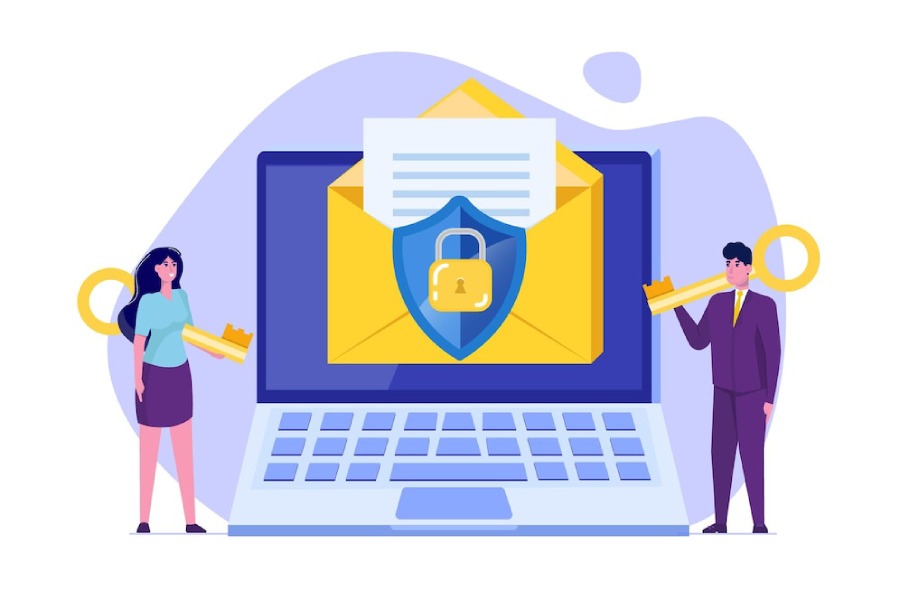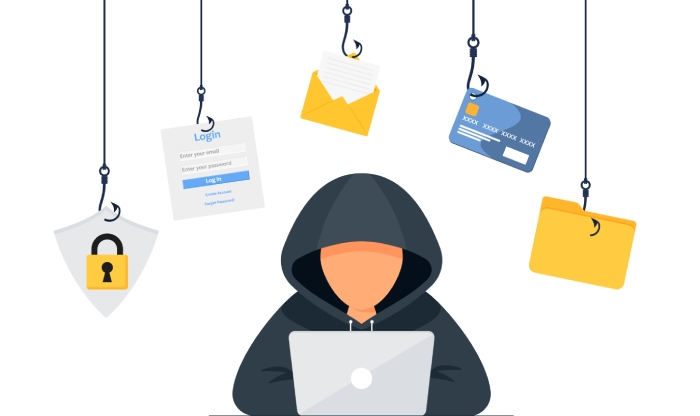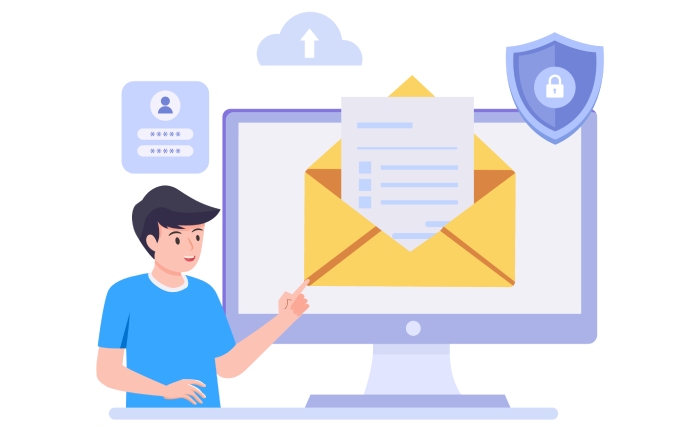Today, the healthcare industry faces one of the most daunting tasks of protecting human life in an insecure cyber environment. Healthcare organizations worldwide deal with massive amounts of medical records and other PHI (Public Health Information) and PII (Personally Identifiable Information). Such data is communicated internally and with other parties such as hospitals, medical centers, administrations, and insurance providers.
Healthcare organizations cannot function to their best without proper email security, compliance management, and tools such as MX backup. Given the large-scale emailing activity within and outside organizations, it is impossible to protect them from cyberattacks such as data breaches and data loss without appropriate email security, including phishing protection, ransomware protection, and other anti-phishing services.
The below numbers help understand the rise of cybersecurity incidents in the healthcare industry.
- COVID-19 saw a rise in breaches in the healthcare industry by 55.1% in 2020.
- Interpol issued alerts to its member countries due to the increase in ransomware attack attempts against hospitals.
- Revere Health, a healthcare organization, fell victim to a phishing attack due to a lack of phishing protection, exposing the medical records of around 12,000 patients.
- Even The WHO was not spared and was targeted by phishing scams due to the absence of robust email security and phishing protection measures in place.
These numbers clearly show that a lack of email security will lead to major vulnerability if the healthcare industry does not take significant protective measures.
How is The Healthcare Industry Being Attacked?
To understand how to protect healthcare organizations from cyberattacks, one must first understand how adversaries deploy malicious attacks.
Most of the attacks unleashed by cyber adversaries are through emails to utilize employees’ lack of adequate email security awareness. These emails sent by the adversary appear to be authentic and trick the employee into downloading malicious files or divulging sensitive credentials. Malicious files are used to gain access to the victim’s information assets, thus exposing the network and the data therein to a cyber calamity. The malicious files may include keystroke loggers or adware in addition to ransomware. Credentials provide access to sensitive data about patients, their medical records, and other sensitive data that can be misused. Malicious actors sell this data on the dark web for hefty sums of money.
- Poor email security is a major motivator for attackers. The healthcare industry lacks a robust email security infrastructure that includes phishing protection and ransomware protection.
Why is Adopting Email Security Security Measures Crucial?
This question arises because most healthcare organizations assume that their cybersecurity service provider or MSP will always ensure email security. However, that is not the case. Even though HIPAA has laid out standards to protect patient’s data, many email service providers do not meet those standards.
Email security service consists of various dedicated tools and techniques to protect the organization from cyber threats via email. It uses technology to secure access to the email accounts of an organization from incoming threats and outbound email traffic.
An experienced email service provider with email security at the core will provide you with at least the following services:
| Spam filtering | Outbound SMTP |
| Email hosting | SPF protection |
| Email encryption | MX backup |
| Email archiving | DMARC reporting |
| Smart quarantine | DKIM Implementation |
| Email forwarding | Phishing protection |
| Ransomware protection | Tenant to tenant migration |
What Are The Best Practices to Protect The Healthcare Industry From Security Incidents?
Cybersecurity is often thought of as a single tool that will solve all cybersecurity-related incidents. However, the right approach to achieving cybersecurity in an organization is to place multiple protection methods at various layers. Explained below are some crucial steps to protect any healthcare organization from email threats.
Secure email infrastructure using SPF, DKIM, And DMARC
Healthcare organizations should incorporate SPF, DKIM, and DMARC in their email security system for phishing protection, given the constant email threats. SPF (Sender Policy Framework), DKIM (DomainKeys Identified Mail), and DMARC (Domain-based Message Authentication, Reporting, and Conformance) are three protocols that ensure secure emails by verifying sender identity and authenticating the communications.
Deploy AI-based email inbox protection
Organizations can involve MSPs that provide AI-based tools to learn email patterns and detect any spear phishing attacks. It also includes domain fraud visibility and identifies high-risk individuals. If any threats are detected, the organization and its clients receive notifications.
Secure data using multi-factor authentication
Multi-factor authentication ensures that all organizational accounts require additional layers of authentication to be accessed. It verifies users’ identity based on what they know, who they are, and what they have.
Maintain regulatory compliances
Regulatory compliances go beyond merely following the law. It ensures that organizations maintain the privacy of the patients who trust them by securing their data. Failing to preserve submissions may lead to potential actions against the organizations.
Educate employees
Humans are at the core of every industry and even more so for the healthcare industry. Additionally, humans are at the helm of the cybersecurity aspect of the industry as well. Therefore, they need to be trained and educated about email security and the threats posed by suspicious emails. Such education and awareness will help organizations secure the infrastructure from within.
Final Words
It is time that the healthcare industry took a patient-centric approach to cybersecurity and focused on protecting patient data. Various regulatory bodies have established protocols to be followed by healthcare organizations, medical centers, and hospitals. These steps are crucial in protecting user data. However, the healthcare industry must allow cybersecurity experts to enhance the healthcare-cybersecurity interface and protect organizations from email security scares.
Collective effort is vital to assess and identify the common threats and work towards eliminating them. Critical employees are prone to phishing emails and other email security threats. Therefore, the need of the hour for healthcare organizations is to invest in next-gen email security measures to maintain the confidentiality, integrity, and availability of their organization’s information assets.


